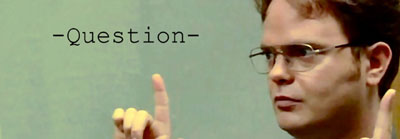Music Staff - Home of the Treble Clef, Key Signatures, Time Signatures and More
The Staff
The staff is simply the blank canvas on which musical notation and other information is written. Notes, key signatures, tempo markers, dynamics, and other musical information can be found on these five horizontal lines.
This is square one when it comes to reading music. The staff is simply the blank canvas on which musical notation and other information is written. There are a couple types of staves, each of which is explained in the following sections.
Types of Staves
When it comes to staves there are a couple types that are widely used. You may see others in the wild, such as a triple stave, but the two types below are the bread and butter.
Single Staff
A single staff is just as it's name implies; one staff by it's lonesome. It's generally used for monophonic instruments (instruments that only play one note at a time) such as saxophone, clarinet, flute, tuba, trombone, etc…

Double Staves
When you're talking about multiple staffs, the nomenclature is 'staves'. If you play piano you'll see two staves stacked on top of each other. Generally the right hand plays the top staff in treble clef, and the left hand plays the bottom staff in bass clef. These stacked staves combined are also called the “grand staff”.
What You'll Find on the Staff
All standard music notation and markings will be written on the staff, or somewhere near it on the page. Here are some things you'll find:
- Notes
- Clefs
- Time signatures
- Key signatures
- Dynamics
- Navigational cues and directions.
